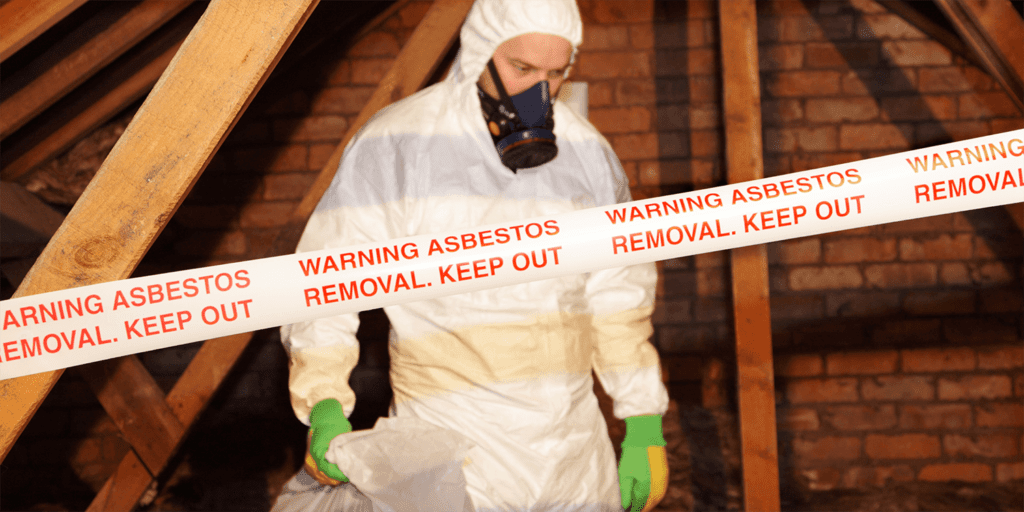What Building Waste Materials Could Contain Asbestos?
Asbestos Building Materials
Asbestos became popular in construction from the 1930s to the 1980s. Buildings built in this period may be home to asbestos-containing materials (ACMS). A report by ResPublica think tank in 2019, estimated that some six million tons of asbestos remained present across 1.5 million buildings in the UK.
List Of Building Materials That Contained Asbestos
Building waste materials that could contain asbestos include:
- Asbestos Insulating Board (AIB): Used in ceiling tiles, partition walls, soffits, and as fireproofing materials.
- Cement Sheets and Pipes: Often found in roofing, cladding, gutters, and water pipes.
- Floor Tiles and Adhesives: Vinyl floor tiles, linoleum, and adhesives used in flooring installations.
- Roofing Felt: Used in flat roofing and shingles.
- Textured Coatings: Commonly known as “Artex,” used on ceilings and walls for decorative finishes.
- Pipe Lagging: Insulation material used to prevent heat loss from pipes.
- Boiler and Duct Insulation: Insulation material used around boilers, ducts, and other HVAC components.
- Gaskets and Seals: Used in machinery, plumbing, and electrical applications.
- Electrical Panels: Insulating boards and components in electrical switchboards.
- Fire Doors: Doors containing asbestos for fire resistance.
- Plaster and Plasterboard: Older plaster and wallboard materials sometimes contained asbestos.
- Window Putty: Used to seal window panes.
- Thermal Insulation Products: Various products used for thermal insulation in buildings.
- Adhesives and Mastics: Used for bonding building materials.
- Decorative Panels: Panels used for decorative purposes, often containing asbestos.
How To Find Out If Asbestos Is In A Building
To find out whether buildings contain asbestos, you must get in touch with a licensed asbestos testing business for safe analysis. They can then run an asbestos survey to find out whether asbestos is present, and the correct protocol to follow going forward.
Why Is Asbestos Hazardous?
Asbestos is hazardous due to its fibrous nature, which allows tiny asbestos fibers to become airborne and easily inhaled or ingested.
Once inside the body, these fibers can cause serious health issues because they are durable and resist breakdown. Key reasons for its hazard include:
Respiratory Diseases: Inhaled asbestos fibers can become lodged in the lungs, leading to several severe respiratory conditions. Asbestosis, a chronic lung disease, causes scarring of lung tissue, leading to breathing difficulties and reduced lung function.
Cancer: Asbestos exposure is a major cause of mesothelioma, a rare and aggressive cancer that affects the lining of the lungs, chest cavity, and abdomen. Additionally, asbestos exposure significantly increases the risk of lung cancer, especially in smokers.
Pleural Disorders: Asbestos fibers can cause pleural plaques (hardened patches on the lining of the lungs) and pleural effusion (fluid buildup around the lungs), which can impair lung function and cause pain and discomfort.
Due to these severe health risks, asbestos is heavily regulated and its use is banned or restricted in many countries. Safe handling, removal, and disposal of asbestos are critical to prevent exposure and protect public health.


